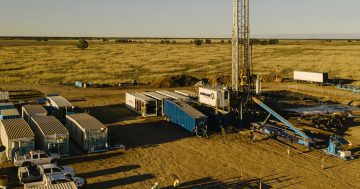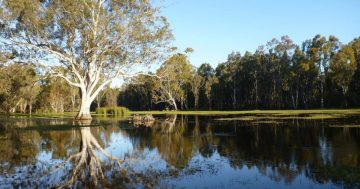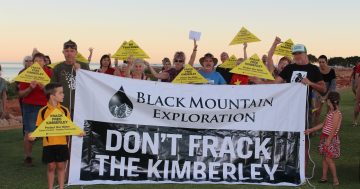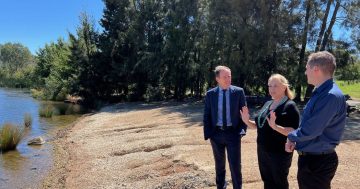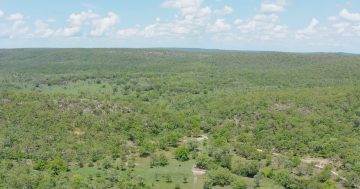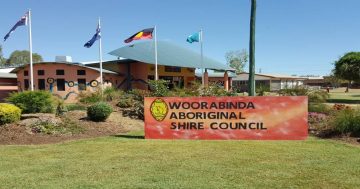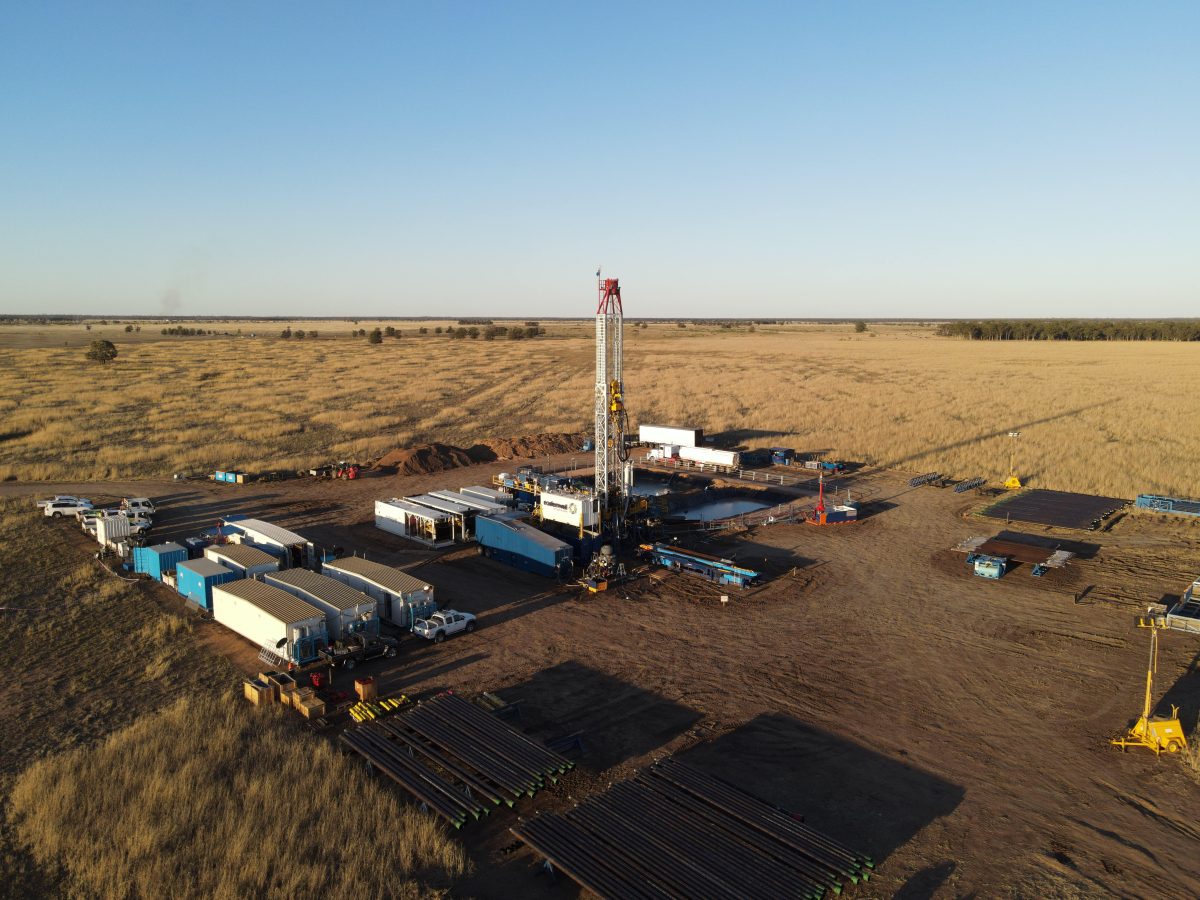
Glencore subsidiary Carbon Transport and Storage Corporation (CTSCo) is in charge of waste management for the Millmerran coal fired power station. Farm groups are in “serious” opposition to the project, which is set to inject 110,000 tonnes of liquefied carbon waste into the Great Artesian Basin. Photo: inGauge.
The Federal Government has allocated $4.5 million from the National Water Grid Fund to the Queensland Government assessment of regional water demand in the state’s central region. Over the next 2.5 years, it will determine the suitable options for investing in water supply and security for economic growth, but there have also been calls for the Federal Minister for Environment and Water to veto Glencore’s nearby proposal to inject coal mine waste into the Great Artesian Basin.
As part of the Federal Government’s $11.5 million commitment to fund collaborative strategic planning work across the state, the Central Queensland Regional Water Assessment (CQRWA) will use information from previous investigations, meet with stakeholders and coordinate with the Fitzroy Basin Water Plan review.
Minister Tanya Plibersek said this strategic planning work is critical in ensuring the government invests in projects that stack up over the coming years.
“We know many parts of Queensland are already in drought, with more to be declared in the coming months,” she said.
The state government will look at water supply infrastructure and non-infrastructure options within and around the Fitzroy Basin Water Plan area, identifying projects that should be given more detailed consideration. Recently the Palaszczuk Government completed the $568.9 million Rookwood Weir project, but the Fitzroy to Gladstone Pipeline and Mount Morgan Pipeline projects are still underway.
Queensland’s Minister for Regional Development, Manufacturing and Water Glenn Butcher said these projects are part of the $5.2 billion investment into water infrastructure since 2015, which has created 3400 jobs across the state.
Many people across Central Queensland still remember the bone-dry conditions a few years ago, Senator Anthony Chisholm said, “so as we head into another dry spell, these investments into our state’s water infrastructure are crucial”.
“Our government remains committed to working with local government and industry to deliver the infrastructure that all regional communities, including Central Queensland, need to continue being a great place to live and do business,” he added.
The CQRWA is one part of the state government’s planning program that is also undertaking assessments for the Atherton Tablelands, Southern and Darling Downs, Bundaberg and Burnett, and the Burdekin region.
Farmers For Climate Action have spoken out against US coal giant Glencore’s proposed carbon capture and storage project in the Darling Downs, which will inject 110,000 tonnes of the Millmerran coal-fired power station’s waste into Australia’s biggest underground water source.
Local farmers and towns source water from the Precipice Sandstone aquifer, which will be targeted by the project and is part of the Great Artesian Basin (GAB), an underground water formation that spans a fifth of the nation and is worth $13 billion to the national economy.
The organisation’s CEO Natalie Collard said the proposal is a reckless experiment with agricultural water and a threat to farmers’ water security that cannot be allowed.
“American-owned coal giant Glencore calls this a ‘trial’. Lead and arsenic can’t be removed from an underground lake once it’s in there. Asking polluters whether they think their projects will cause harm is not doing due diligence. This proposal should be refused, now, and all future projects planning on injecting heavy metals into farming water should be rejected,” she said.
“It’s fantastic to see MPs from both sides of politics speaking out about this proposal – Federal Nationals MP Colin Boyce and Queensland state Labor Water Minister Glenn Butcher. We hope Water Minister Tanya Plibersek explores her Ministerial powers to veto this proposal.
“It’s time we hold polluters accountable and prioritise water security and food security, which are key planks of national security. Having a stable, locally grown food supply is not optional.”
Those who have expressed serious concern about the proposal said the GAB should be given the same protections as the Great Barrier Reef. Politicians from the Federal Nationals and Queensland State Government and a hydrologist said it would increase acidification of the water by 10,000 times, dissolving the rock and putting lead and arsenic into other parts of the GAB as well as the aquifer it is injected into.


